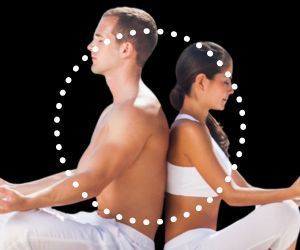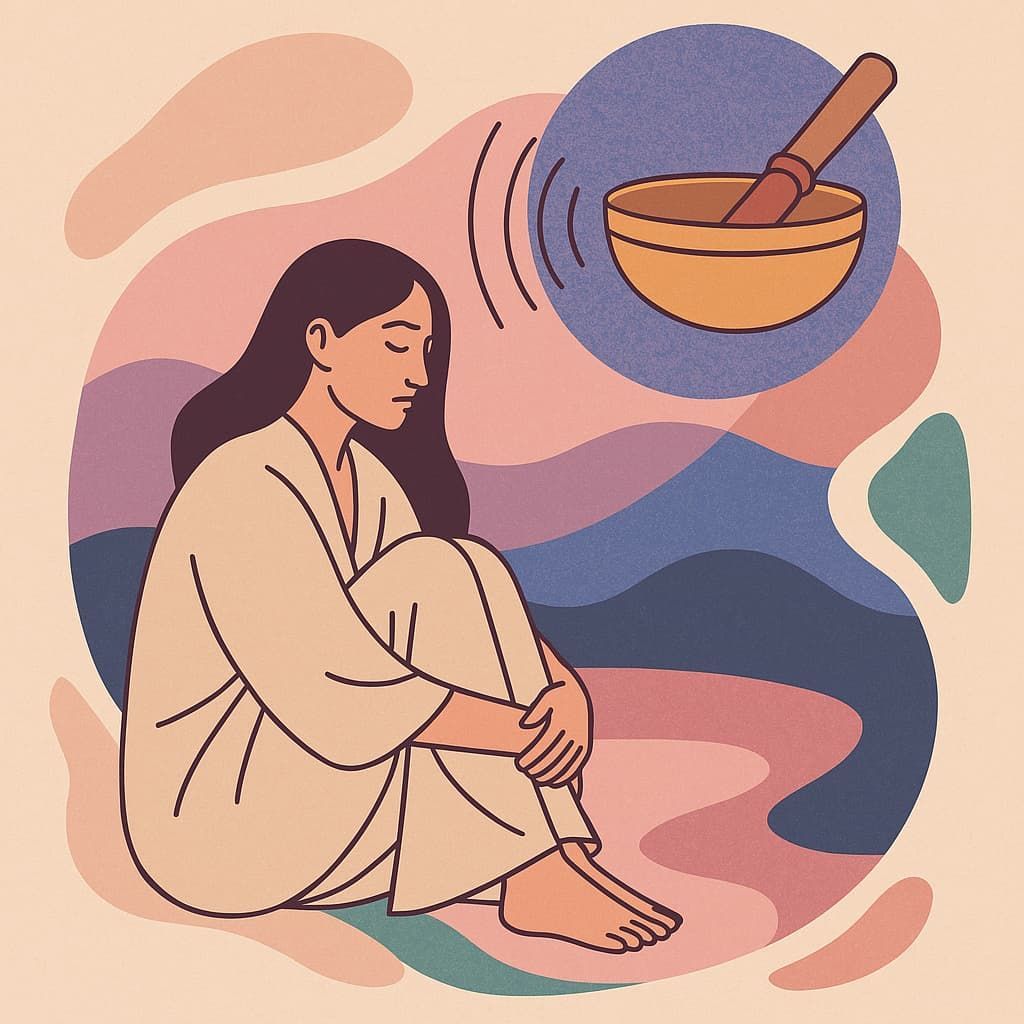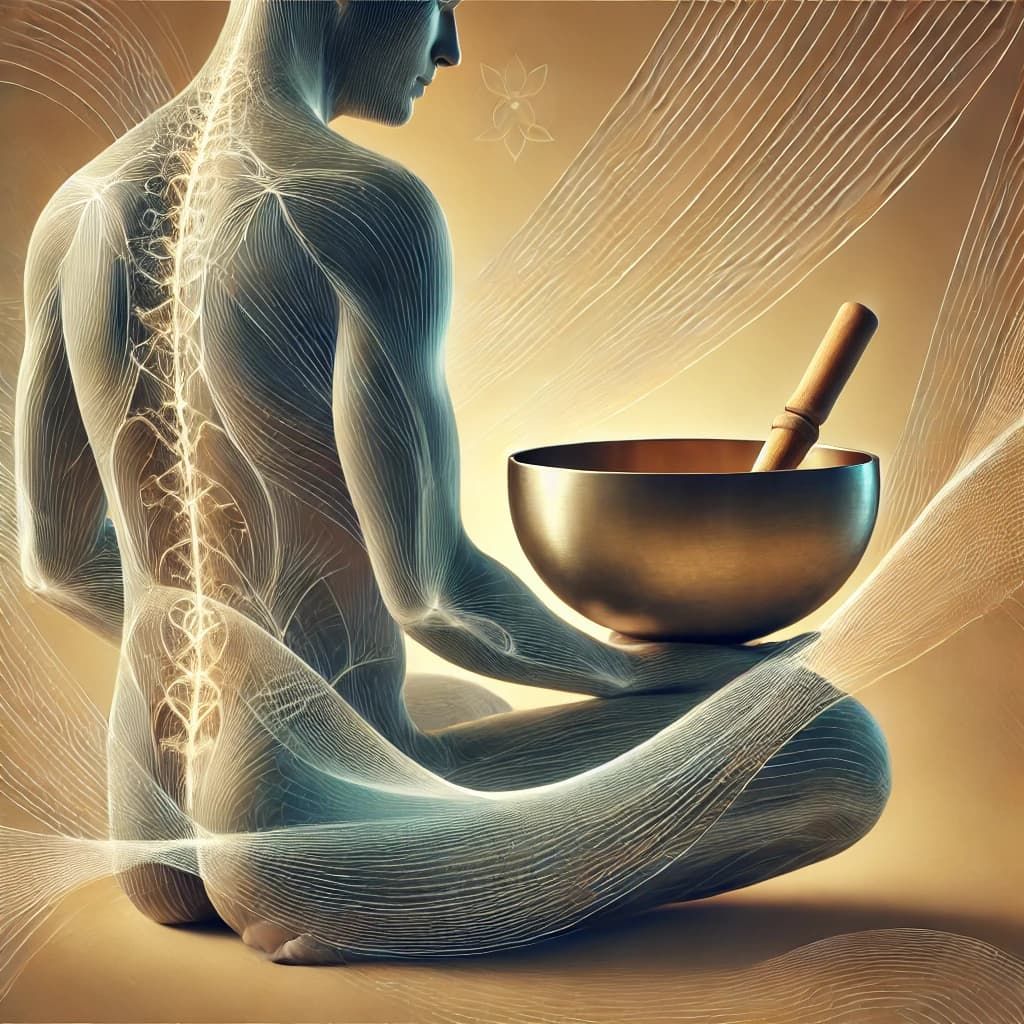The Dance of Water and Sound: Removing Blockages with Singing Bowl Vibrations
The Dance of Water and Sound: Removing Blockages with Singing Bowl Vibrations.

Water, often referred to as the elixir of life, plays a crucial role in maintaining our overall health and well-being. Beyond its importance in hydration and basic bodily functions, water also serves as a powerful agent in clearing blockages within our bodies. In this article, we will explore the vital role of water in promoting circulation, flushing out toxins, and supporting the removal of blockages. Additionally, we will elaborate on the therapeutic effects of singing bowl vibrations on water in our bodies, which have the potential to enhance its healing properties and promote a deeper sense of well-being.
Hydration for Optimal Circulation
Proper hydration is essential for maintaining optimal blood circulation. Water acts as a medium for the transportation of oxygen, nutrients, and immune cells throughout the body. By staying adequately hydrated, we support the efficient delivery of these vital elements to all organs and tissues, promoting their optimal functioning and removing potential blockages.
Detoxification and Elimination of Waste
Water acts as a natural detoxifier, aiding in the elimination of waste products and toxins from our bodies. It supports the functioning of our kidneys, liver, and other excretory organs, helping to flush out harmful substances. Ample water intake enhances the efficiency of these organs, preventing the build-up of toxins that can lead to blockages and various health issues.
Enhancing Lymphatic System Function
The lymphatic system plays a crucial role in immune function and waste removal. Proper lymphatic circulation is essential for eliminating cellular waste, toxins, and excess fluid from tissues. Water helps maintain the flow and functionality of the lymphatic system, preventing blockages and promoting a healthy immune response.
Promoting Digestive Health
Water plays a vital role in promoting a healthy digestive system and preventing blockages within the gastrointestinal tract. It aids in the breakdown of food, absorption of nutrients, and smooth movement of waste through the intestines. Sufficient water intake supports regular bowel movements, preventing constipation and the accumulation of waste materials.
Support for Joint and Muscle Health
Adequate water intake is essential for the lubrication of joints and the proper functioning of muscles. Water acts as a shock absorber and a lubricant for joint movements, reducing friction and preventing blockages or discomfort. It also helps to maintain muscle tone and flexibility, reducing the risk of muscle cramps and stiffness.
The Harmonising Effects of Singing Bowl Vibrations
As water is an excellent conductor of vibrations, the gentle movements induced by singing bowls can stimulate cellular and tissue activity, promote relaxation, and restore energetic balance. These vibrations have the potential to create subtle movements within the water present in our cells, tissues, and fluids.
The vibrations generated by singing bowls may lead to various effects on the water within our bodies:
- Cellular and Tissue Stimulation: The vibrations can create gentle movements within the water molecules present in our cells and tissues. This stimulation may promote circulation and enhance the flow of vital substances within our bodies, supporting overall cellular health and rejuvenation.
- Relaxation and Stress Reduction: The soothing vibrations produced by singing bowls can have a calming effect on our nervous system. As stress and tension are known to affect our bodies on a physiological level, the vibrations can help induce relaxation, reduce stress, and restore a sense of balance.
- Energetic Balancing: In various Eastern healing traditions, it is believed that different parts of our bodies possess distinct energy centres or meridians. The vibrations of singing bowls are thought to help balance and harmonise these energy centres, promoting a sense of well-being and vitality.
- Resonance and Harmonic Frequencies: Each singing bowl produces a specific tone or frequency. It is believed that the harmonic frequencies generated by the bowls can resonate with different parts of our bodies, including the water within us. This resonance may have a balancing and harmonising effect on our physical, emotional, and energetic states.
While scientific research in this area is ongoing, the subjective experiences and anecdotal evidence strongly suggest that the combination of water's healing properties and the harmonising vibrations of singing bowls can have positive effects on our well-being. Many individuals report feeling a sense of deep relaxation, clarity, and balance after engaging in singing bowl practices.
Incorporating Singing Bowls into Your Wellness Routine
If you're interested in exploring the potential benefits of singing bowl vibrations on your well-being, here are a few suggestions on how to incorporate them into your wellness routine:
- Mindful Listening: Simply listen to the soothing sounds of singing bowls, focusing your attention on the vibrations and allowing them to resonate within your body and mind. Practice deep breathing and relaxation techniques while immersing yourself in the sounds.
- Sound Bath or Meditation: Create a calming environment by surrounding yourself with singing bowls of different sizes and tones. Allow the vibrations to wash over you as you engage in meditation or relaxation practices. This can help promote a sense of tranquility and support the release of blockages.
- Vibrational Massage or Energy Work: Some practitioners use singing bowls in combination with massage or energy-based therapies. The vibrations from the bowls can enhance the therapeutic effects of these practices, promoting deep relaxation and energy balancing.
- Personal Practice: Consider acquiring a singing bowl for personal use. Explore different techniques for playing the bowl, such as using a mallet or rubbing the rim with a wooden stick. Experiment with different techniques and observe how the vibrations make you feel.
Remember to approach singing bowl practices with an open mind and a sense of curiosity. Each individual may have a unique experience, so it's important to listen to your body and what feels right for you.
It's important to note that singing bowls and their effects should not be seen as a substitute for professional medical advice or treatment. If you have specific health concerns, it's always recommended to consult with a qualified healthcare practitioner.
References:
- Popkin, B. M., D'Anci, K. E., & Rosenberg, I. H. (2010). Water, hydration, and health. Nutrition reviews, 68(8), 439-458.
- Gutenbrunner, C., & Bender, T. (Eds.). (2019). Music and Medicine: Integrative Models in the Treatment of Pain, Stress, and Trauma. Springer.
- Armstrong, L. E. (2012). Challenges of linking chronic dehydration and fluid consumption to health outcomes. Nutrition reviews, 70(Suppl_2), S121-S127.
- Oswald, M. E., Runciman, R. J., & Priestley, R. (2019). The physiological effects of singing: A systematic review of the literature. Journal of voice, 33(6), 966-e11.
- Särkämö, T., Tervaniemi, M., Laitinen, S., Forsblom, A., Soinila, S., Mikkonen, M., ... & Hietanen, M. (2008). Music listening enhances cognitive recovery and mood after a middle cerebral artery stroke. Brain, 131(3), 866-876.
- Van Dongen, M. V., van Rossum, M. J., Spreeuwenberg, M. D., & van der Heijden, P. G. (2019). The effects of sound and music on cardiovascular system: A systematic review of randomized controlled trials. European journal of preventive cardiology, 26(5), 523-533.
- Chanda, M. L., & Levitin, D. J. (2013). The neurochemistry of music. Trends in cognitive sciences, 17(4), 179-193.
- Alter, A. (2014). Yoga in modern India: The body between science and philosophy. Princeton University Press.
- Gerber, R. (2013). Vibrational medicine: The #1 handbook of subtle-energy therapies. Simon and Schuster.
- Thompson, W. F., Schellenberg, E. G., & Husain, G. (2001). Arousal, mood, and the Mozart effect. Psychological science, 12(3), 248-251.
Please note that this list of references is not exhaustive and serves as a starting point for further exploration on the topic.












